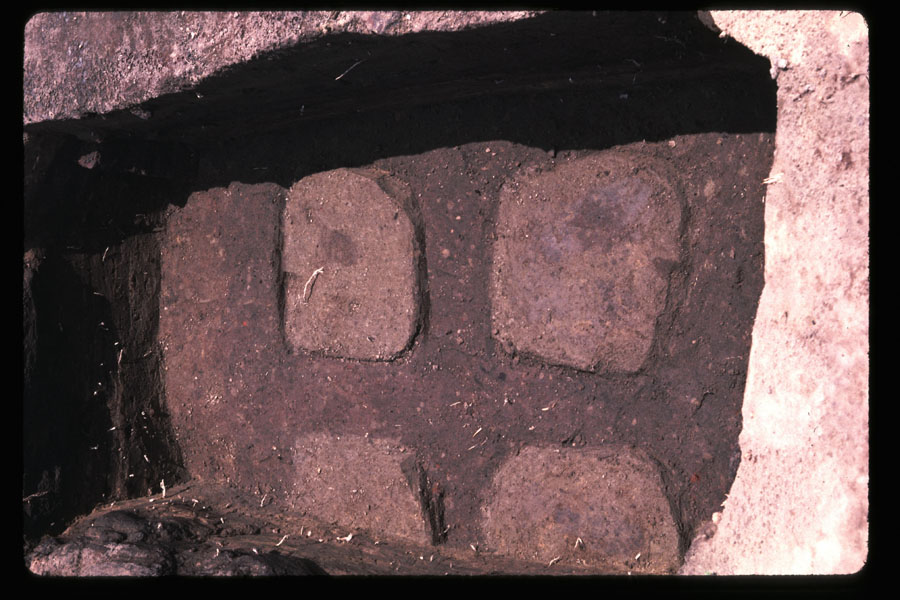1) ArchaeoWife update: Unfortunately, after two weeks her jaw is still banded shut and will be until Feb. 18th. Sucks. The surgeon said the x-ray looked better than he thought, but he's still concerned that if the bands come off too soon it won't heal in the right position and she'll end up having to have it fixed. Which would totally suck, having to go through that again. So we are stuck with creating exciting and tasty meals that one can suck through a straw for over a month.
2) I have a new best friend in the morning:

Bought that sucker for like 50 cents at an estate sale a few months ago but didn't like it right off the bat. But I have tried it again this week and it's been great. That and the Alba works a wee bit better than my twin blade. Most excellent.
3) One CD note and a Dirty Little Secret. I downloaded "John Denver's Greatest Hits", the one from like 1973. It was a famous one:

I don't recall a lot from around that time, but I remember what a splash Denver made and I recall most of those sings on the radio all the time. I wasn't that much into him then -- too young -- and never really thought too much about him later either. I thought he got kind of silly with the "Thank God I'm a Country Boy" song and some other stuff he did later in the '70s. Still, last year PBS had a show on with interviews and the stories behind some of the songs and some performances from television from that time and also some later ones. This was, of course, several years after he died.
I really liked it. I think a lot of people may have dismissed him as kind of a country-pop guy, but he could really craft a fine song. It really captured the time, too.
Dirty Little Secret: I really love. . . . .a Neil Diamond album. *gasp* Yes, "Hot August Nights". I never cared too much for him either back then, but in the late '70s when I was discovering stereos and music for the first time, my hi-fi salesmen friends told me about this album. Said forget what you think about Diamond and just listen to it. They were right, it's a marvelous album. It's all live and really a brilliant recording, both technically and musically. I only have an old tape of it now, and my tape deck doesn't work, but a purchase is in the offing. I was going to get it from iTunes but I want to play it on my big home system and iTunes tracks don't scale up well. Take this as another suggestion to try something out.
I realized this morning that I only blog about old stuff. Really, I'm not living in the past! Partly I do this because, well, hey, this is a blog about old stuff. Also I've developed a bigger appreciation for 1970s music lately. I think it's been kind of dismissed as pop fluff from that fluffy self-absorbed decade. There was some great stuff though. I appreciate it much more nowadays and want to promote it some.
I do keep current, but for some reason I haven't been liking a lot of more recent stuff. The whole grunge thing was like heaven, but after that petered out. . . .eh, I dunno. I really like Jet and Evanescence. Mostly I get my recent stuff from radio (KEXP in the car) and staring at VH1 or MTV in the gym.
No, I never met any of the Seattle grunge people. Had a friend who used to party with a lot of them though. Before they got big. Layne Staley (Alice in Chains) lived his final years not too far from my abode at the time but I never saw him.



